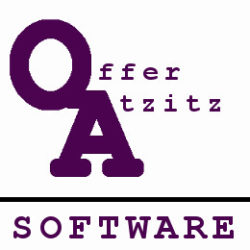After selecting Java to be the language I will use, I had to select the most suitable IDE.
I wanted an IDE that is not for educational purposes only, but one that is actually used in the real world.
The IDEs I already knew (In order of experience) are:
- Visual Studio
- NetBeans
- Android Studio
- Eclipse
- (XCode doesn’t count 😉 )
From the above list – only NetBeans, Eclipse and Android Studio were suitable for Java programming (and these are the only IDEs that can run on all the major operating systems, including Windows, Linux and Mac), and I had a personal preference for NetBeans (It’s also the first one in the list of “The top 11 Free IDE for Java Coding, Development & Programming“, which is the first result when googling “java IDE”.
BUT – I hear from colleagues that they prefer Eclipse for Java development, and it is currently the most popular IDE in use.
So I got to the conclusion that for someone that is not well familiar with any IDE in particular it doesn’t really matter what IDE will be used as long as it’s easy enough to use, or at least get the right directions (which what I’m trying to do in the beginners guide).
While Eclipse is a little less easy to use than NetBeans (at least for me), it’s still easy enough for beginner programmers to start with.
From the initial usage comparison I did, I already saw some differences operating the different IDEs, but I will write another post that will summarize the differences I encounter by using the most common features when writing code and debugging.

